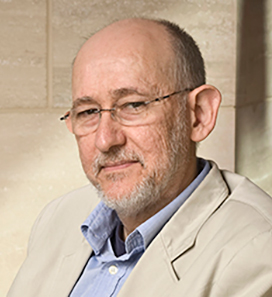Martin Brand

Martin Brand is focused on the role of mitochondria in health, disease, and aging. Mitochondria are subcellular structures in which nutrients are oxidized to extract their energy content in the process of oxidative phosphorylation. This energy is then distributed to the rest of the cell to drive the essential machinery of life. However, in addition to releasing energy, nutrient oxidation also produces free radicals and other reactive oxygen species. Impaired energy distribution and excessive free-radical production are thought to be among the primary drivers of aging and age-related disease.
The Brand lab has pioneered new approaches to better understand mitochondrial function and dysfunction within cells and has applied these approaches to investigate the role of mitochondrial energy metabolism in aging and disease. To investigate free-radical production, they have characterized the specific sites and regulation of mitochondrial superoxide and hydrogen peroxide generation and are studying how these sites contribute to cellular oxidative stress and damage. Using high-throughput screening, the Brand lab has identified novel suppressors of radical formation that do not inhibit energy metabolism, and they are using these exciting new molecules to probe and modulate mitochondrial radical production in cell and animal models of aging and disease.
The Brand lab has pioneered new approaches to better understand mitochondrial function and dysfunction within cells and has applied these approaches to investigate the role of mitochondrial energy metabolism in aging and disease. To investigate free-radical production, they have characterized the specific sites and regulation of mitochondrial superoxide and hydrogen peroxide generation and are studying how these sites contribute to cellular oxidative stress and damage. Using high-throughput screening, the Brand lab has identified novel suppressors of radical formation that do not inhibit energy metabolism, and they are using these exciting new molecules to probe and modulate mitochondrial radical production in cell and animal models of aging and disease.
Country:
USA